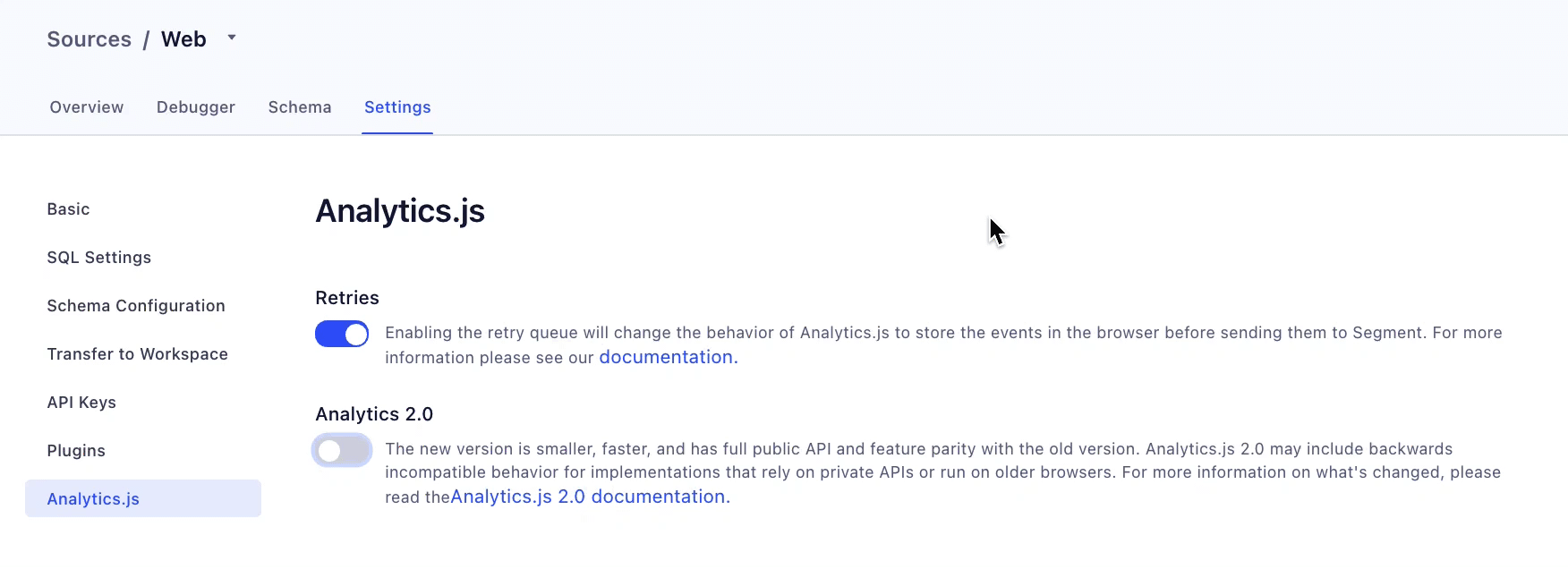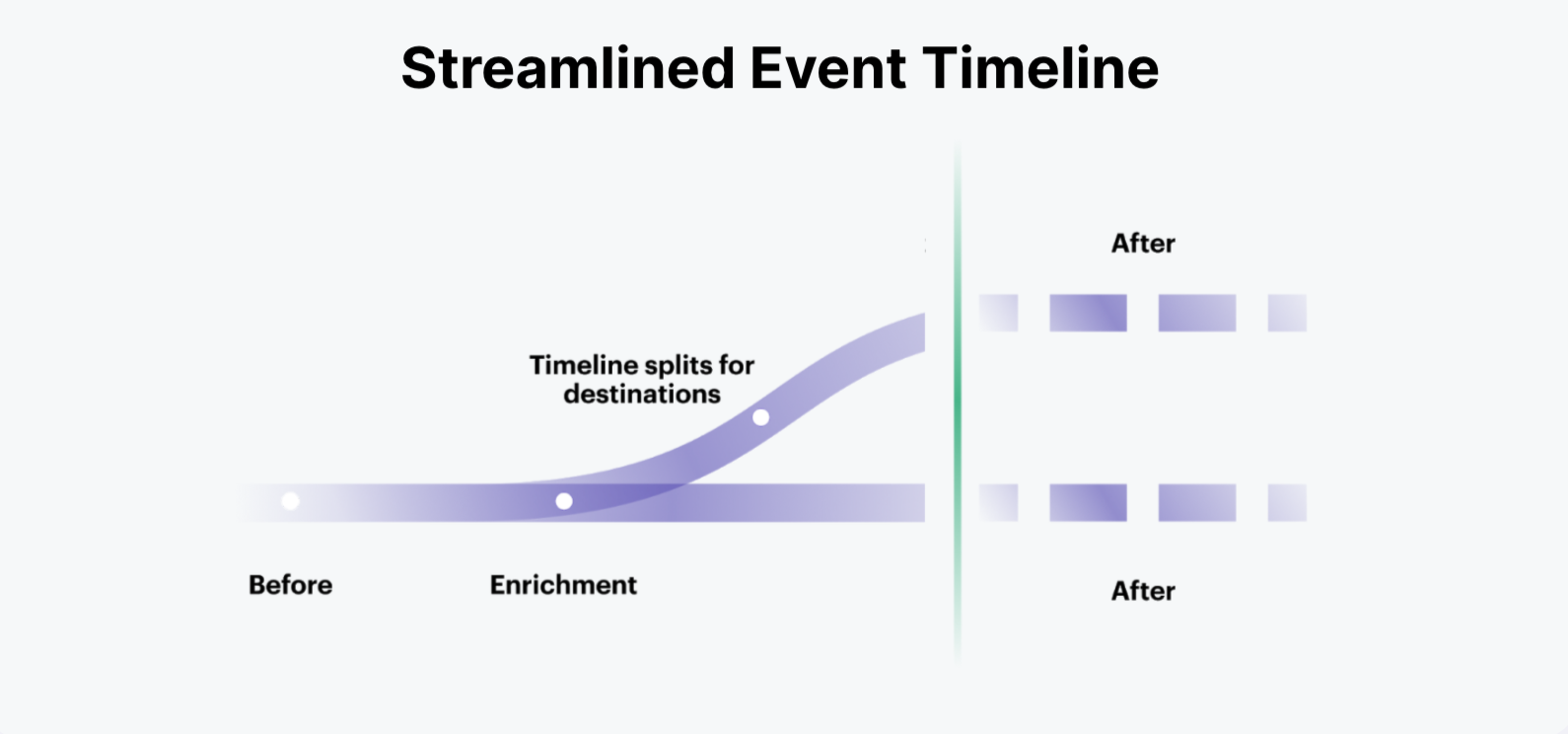This post has been updated on July 20, 2021 to include a mention of the new batching functionality that’s been enabled in Analytics.js 2.0.
First impressions are important, and so is page performance. So what do the two have in common? Whether you are a consumer, customer, or business – how your website performs represents your brand. After all, you only have a few moments to make an impression in today’s competitive, digital world.
According to Aberdeen Group research, 25% of users will abandon a website after just three seconds of delay. That could be 25% of lost sales, or 25% of your business that takes a chance on a competitor…only to be whisked away forever.
This is why page performance is essential in unlocking digital experiences.
Historically, engineering teams have faced an impossible choice – prioritizing page performance above all else or helping business teams instrument the tools they need. With every additional SDK, pixel, or client-side widget that you load on your site, performance is often sacrificed.
At Segment, our priority is that good data meets fast performance. In 2012, we launched Analytics.js on Hacker News. Since then, Analytics.js has been widely used across the web because it simplifies collecting customer data and sending it to many different tools – all with a single, unified API.
Today, we are excited to announce the General Availability of Analytics.js 2.0. Analytics.js 2.0 is a fully backward-compatible and lighter-weight implementation of Analytics.js. Simply put, the Analytics.js you know and love just got even faster with a more extensible architecture. Getting started is as easy as flipping a switch!


